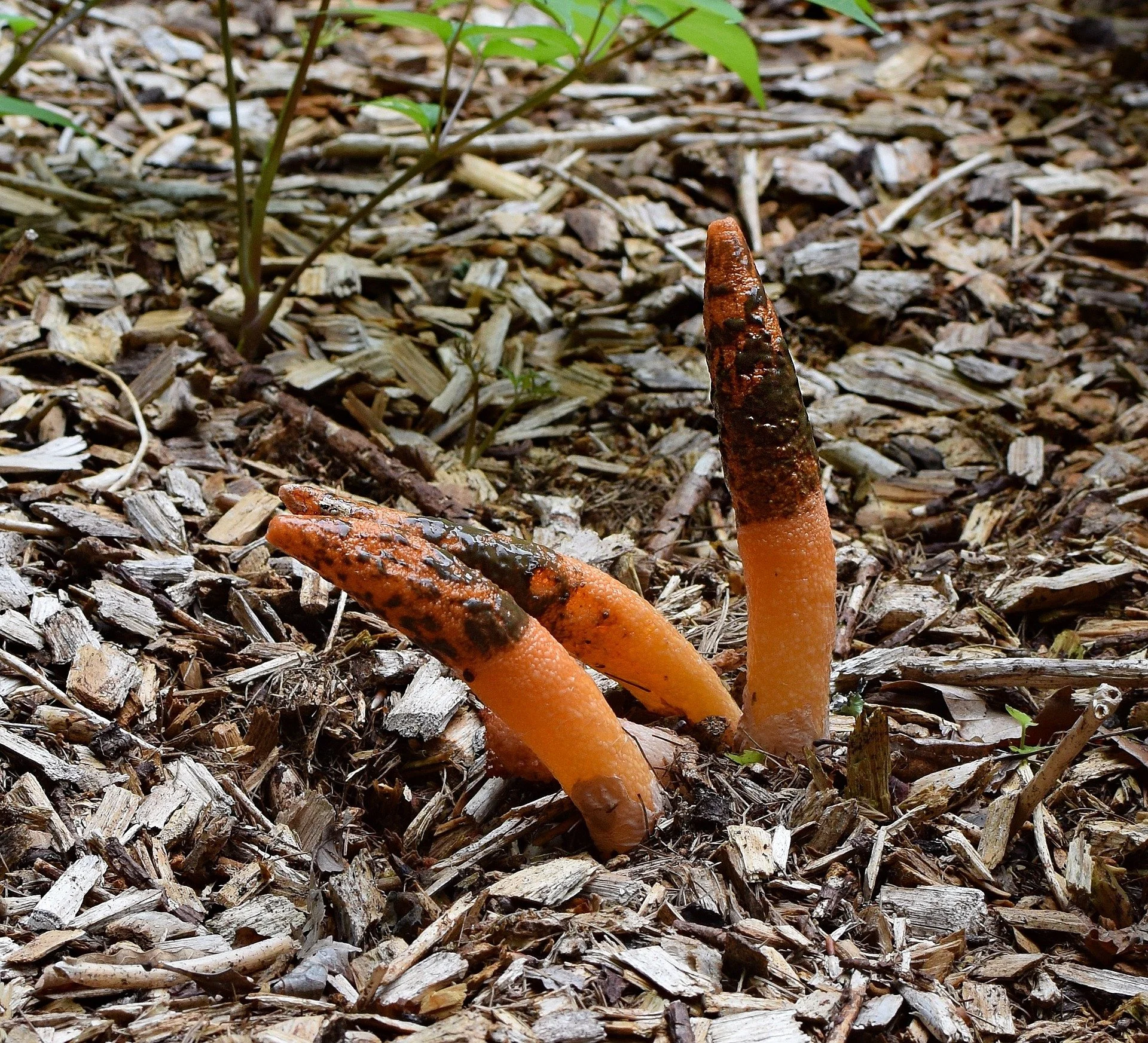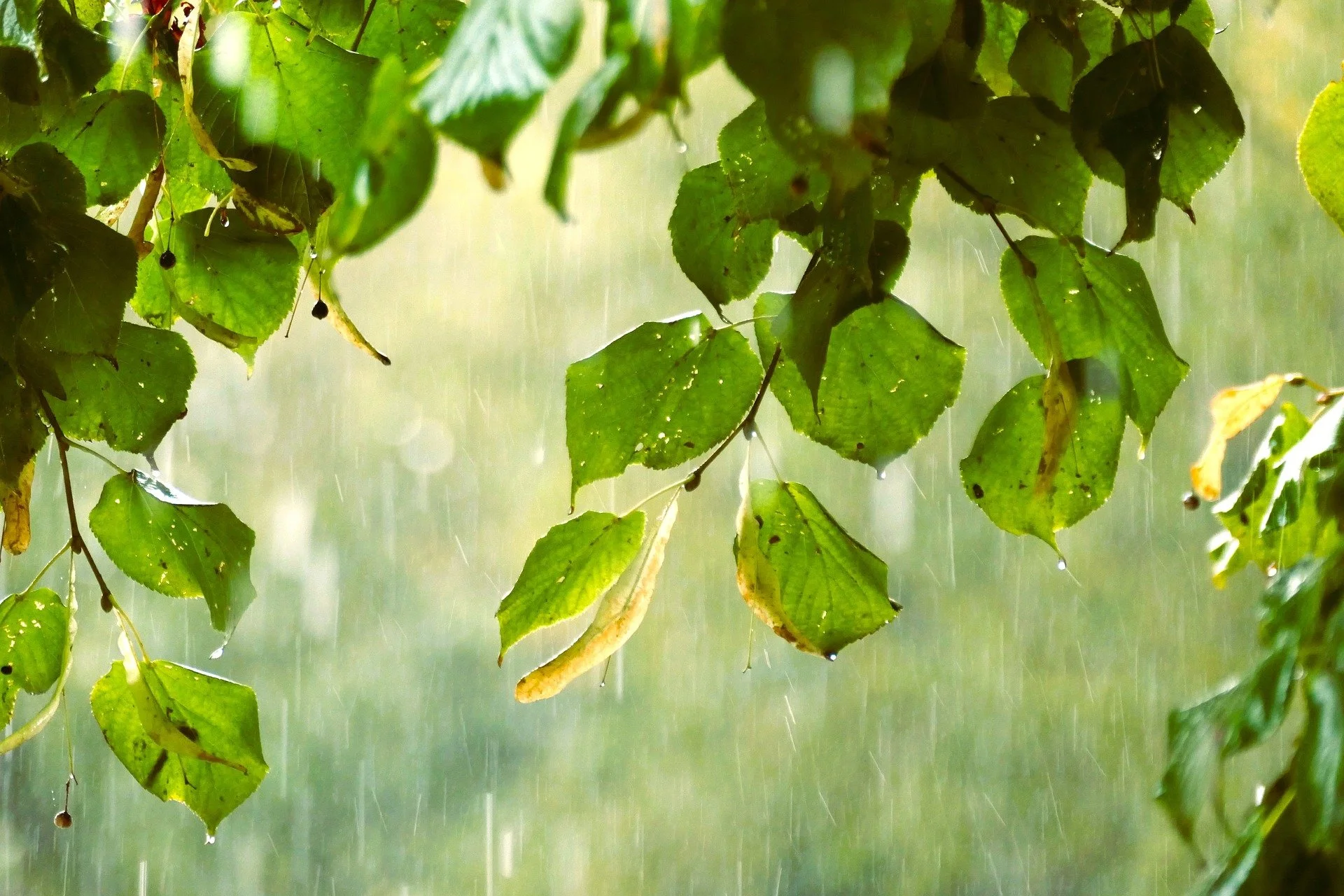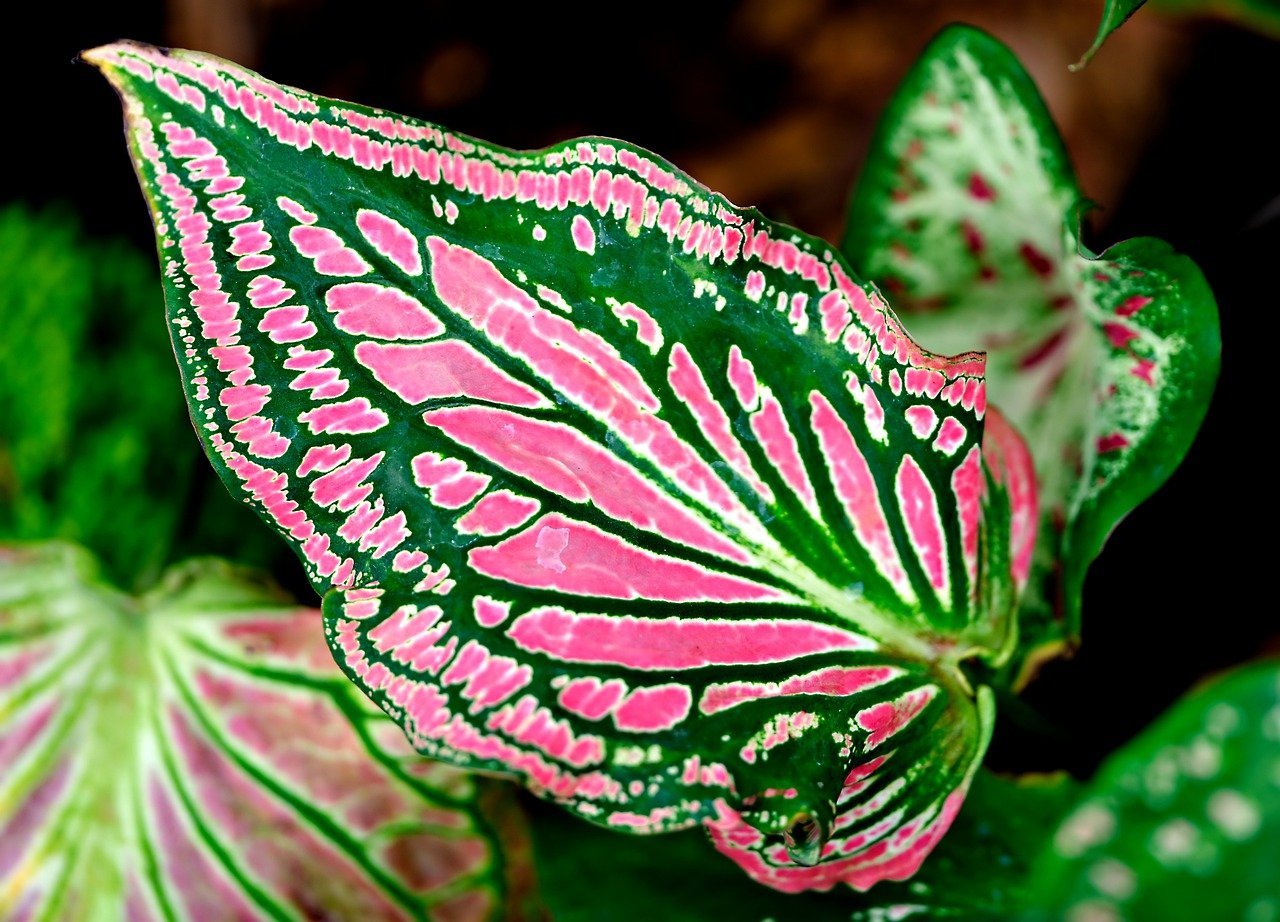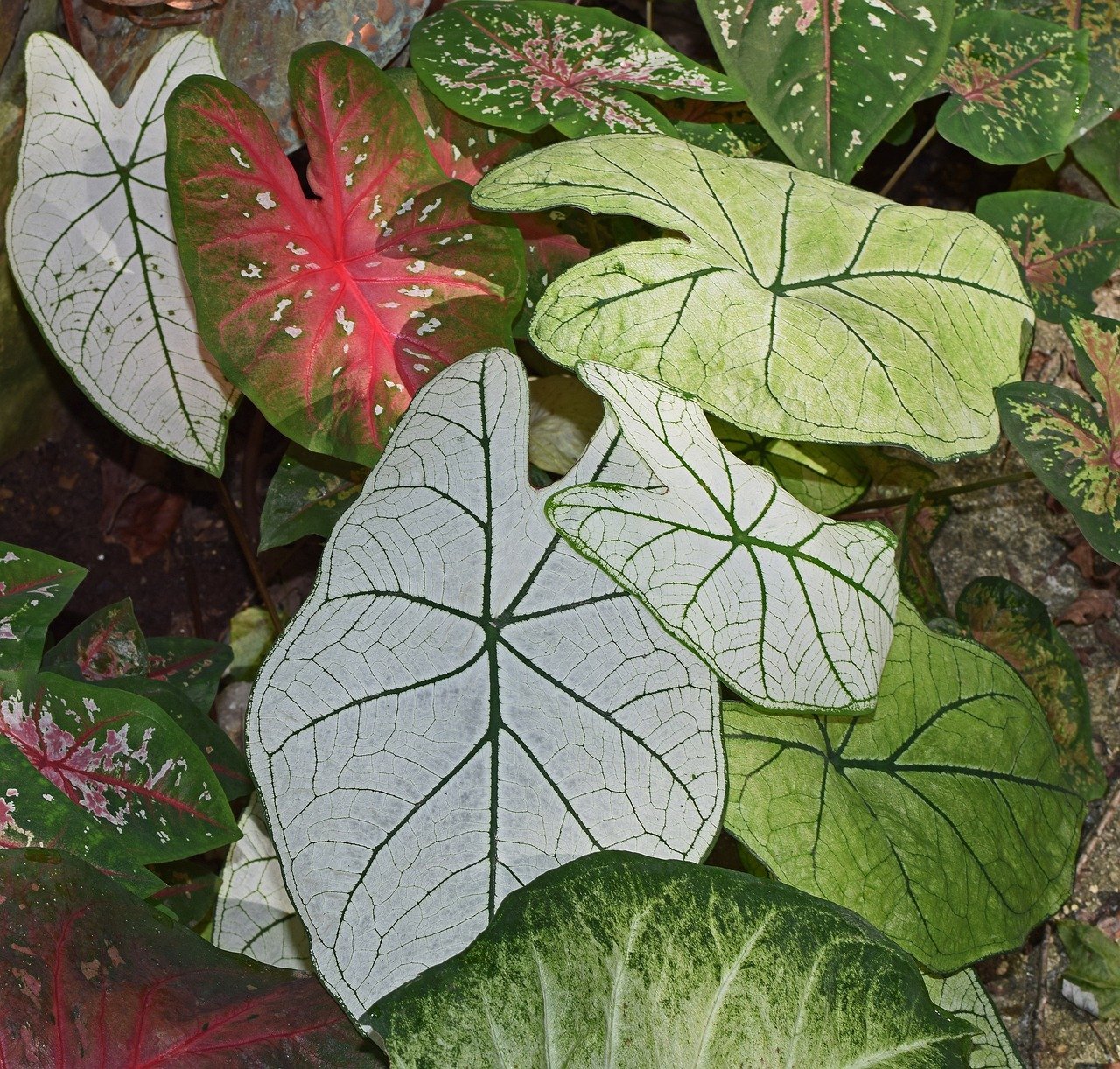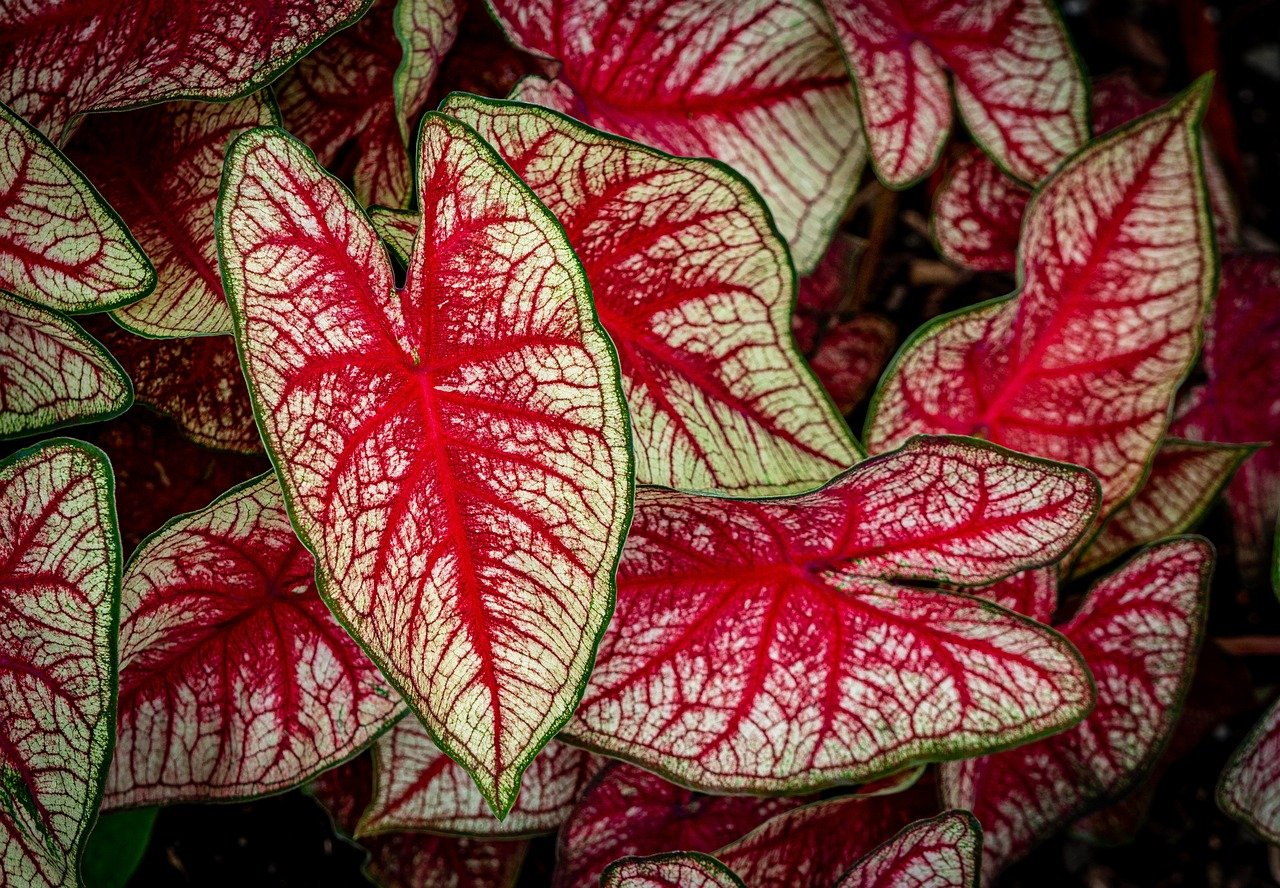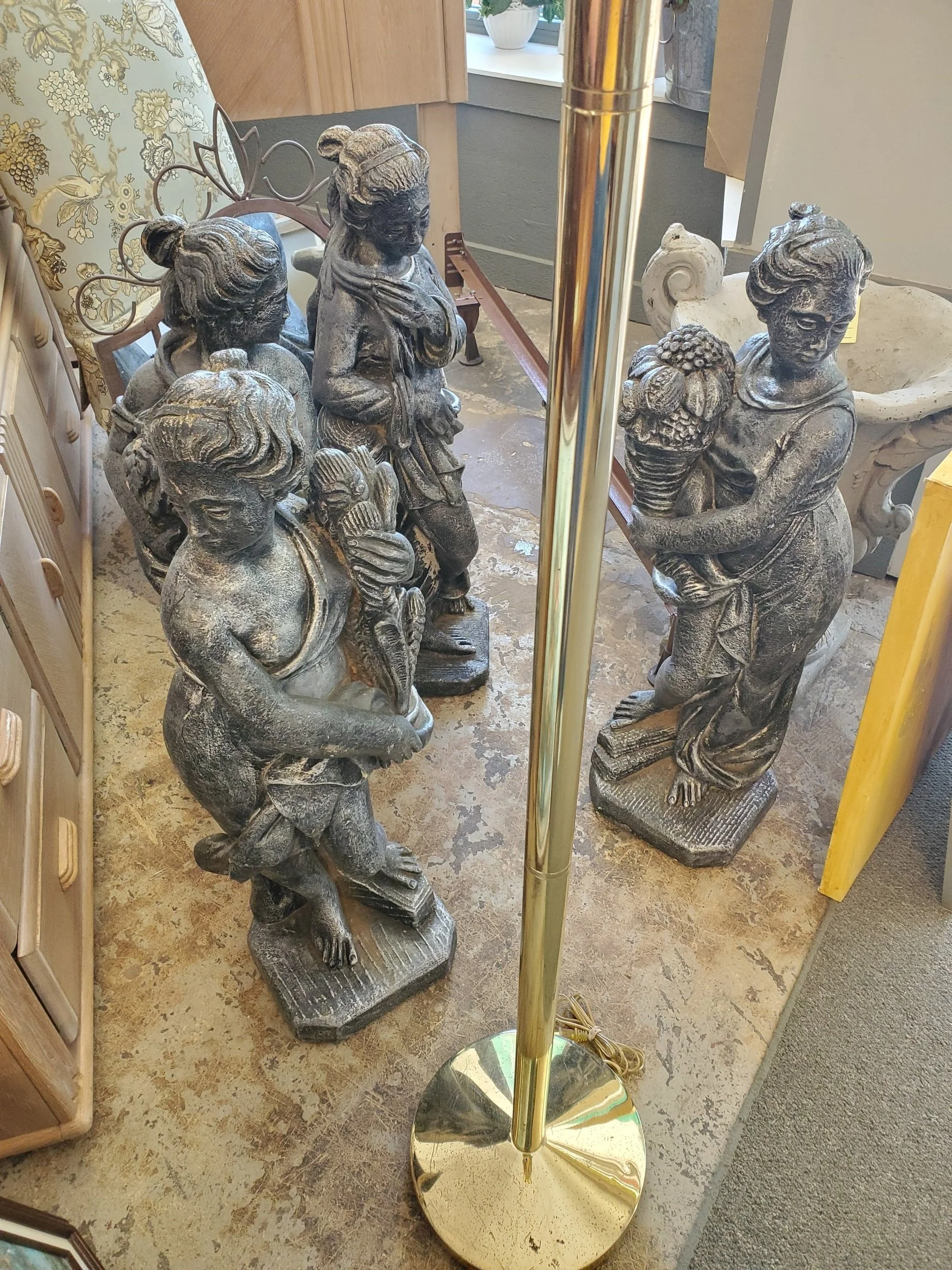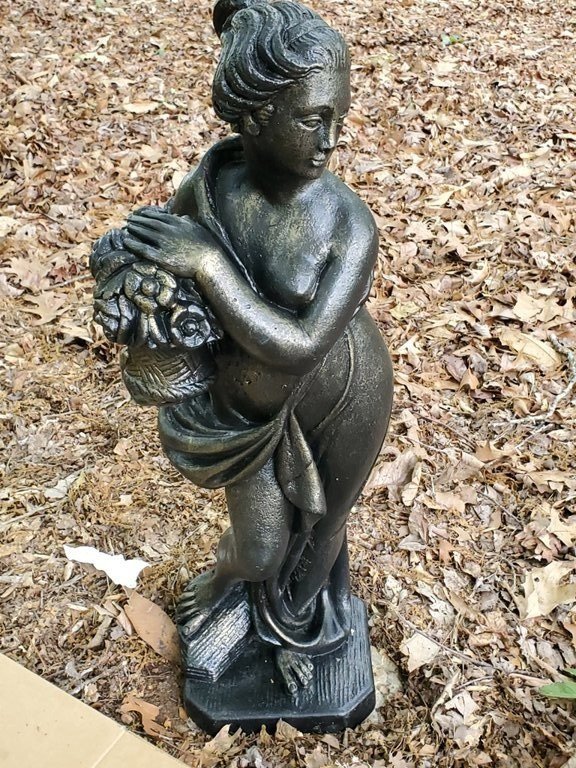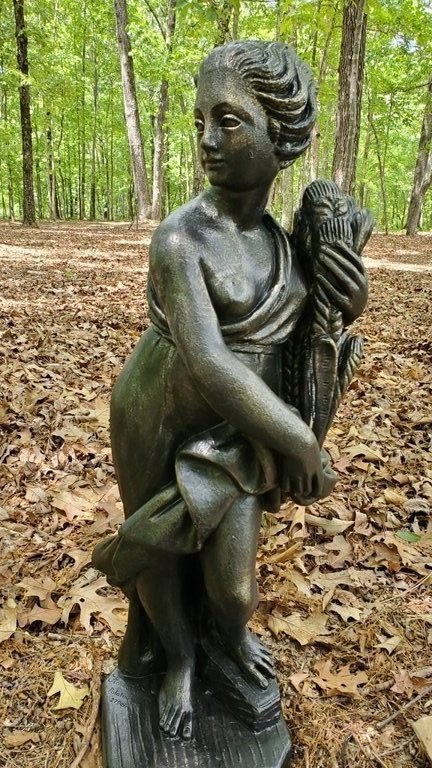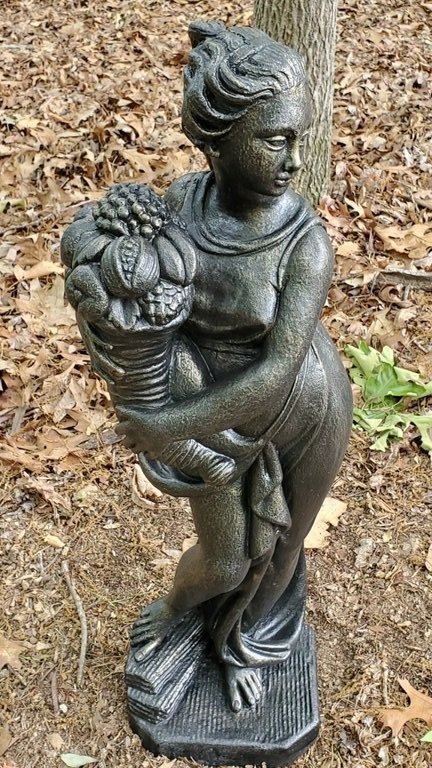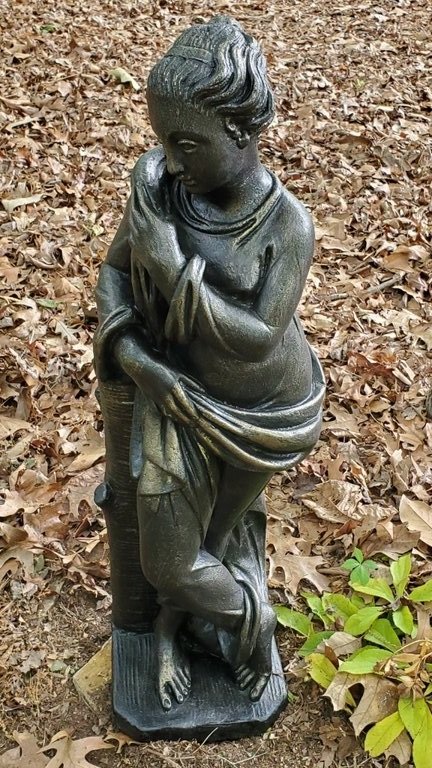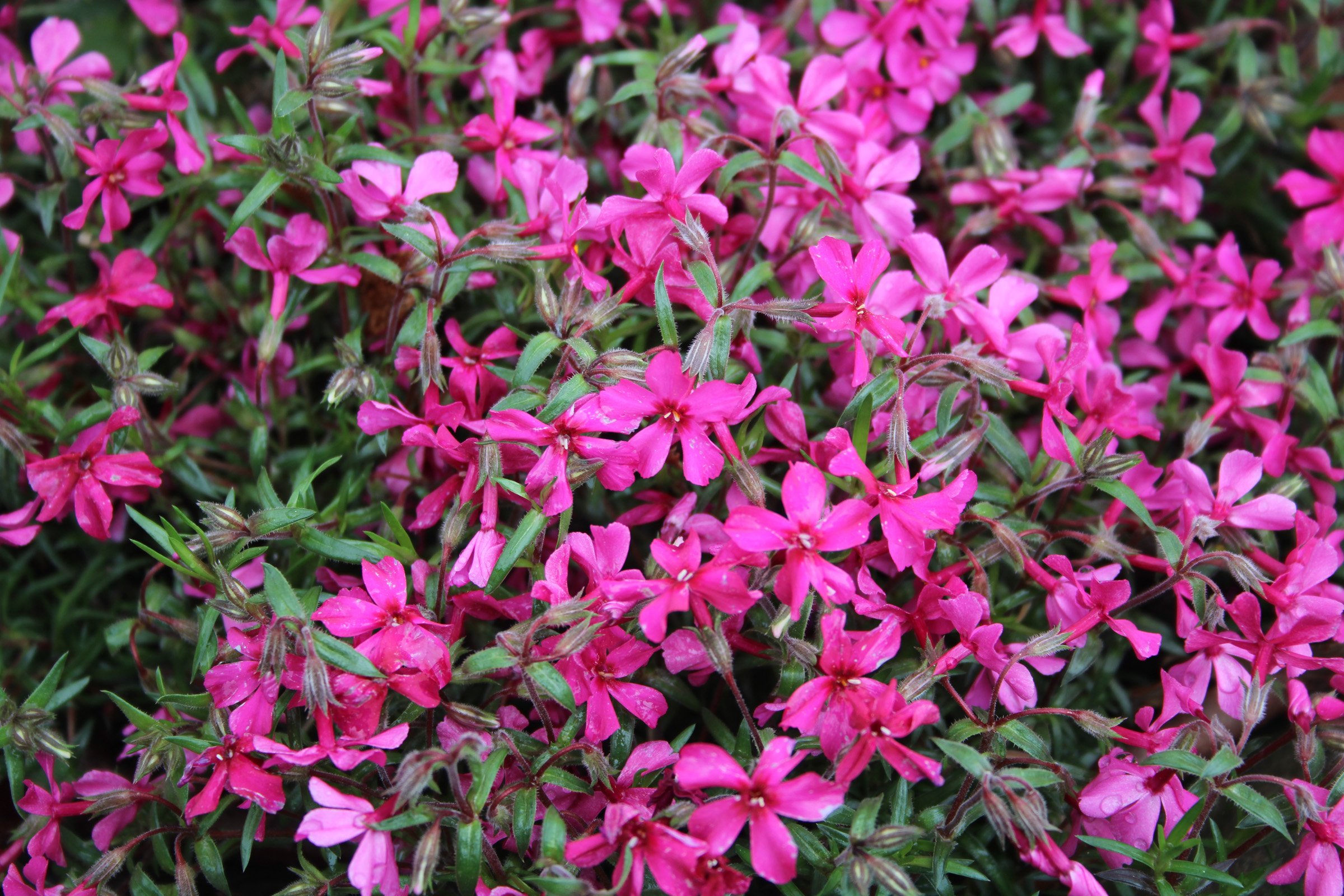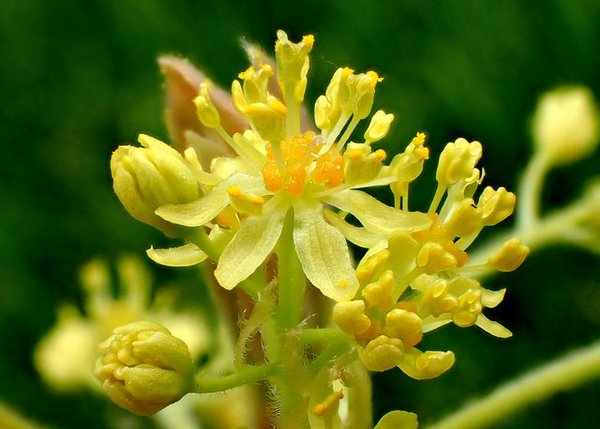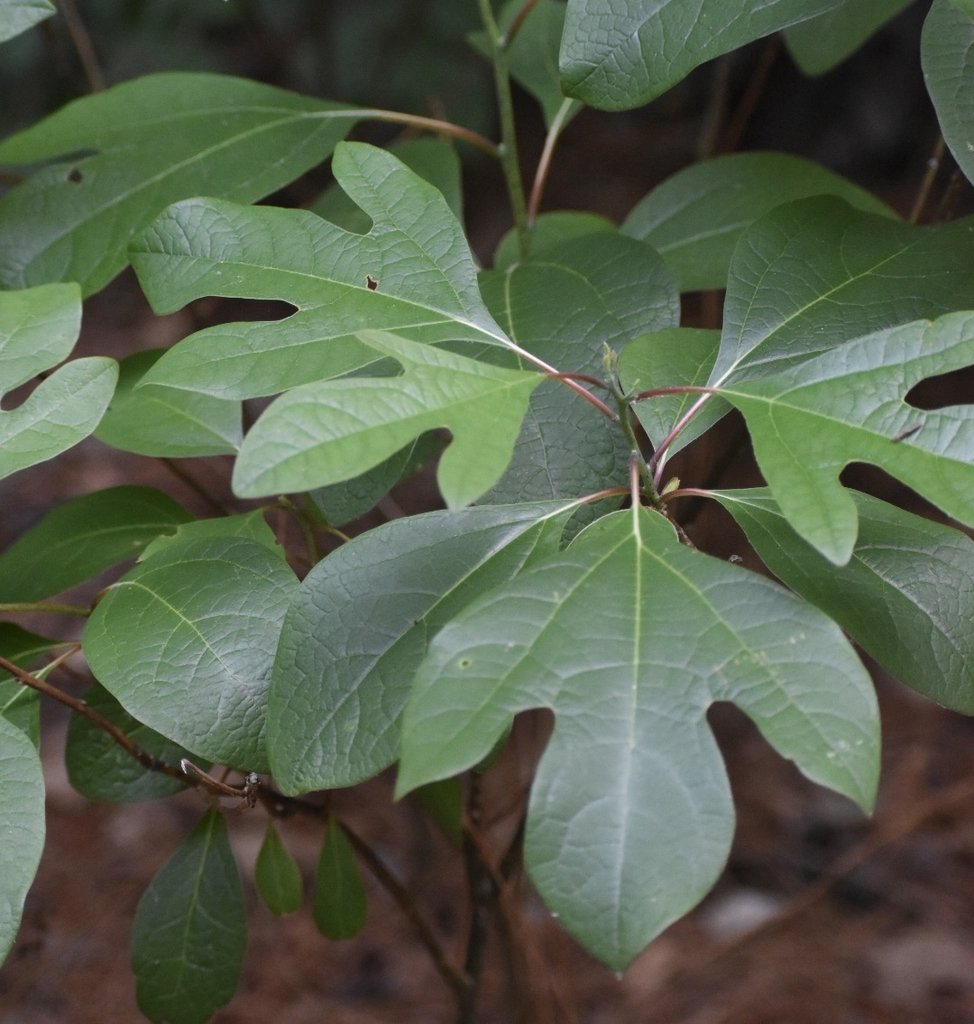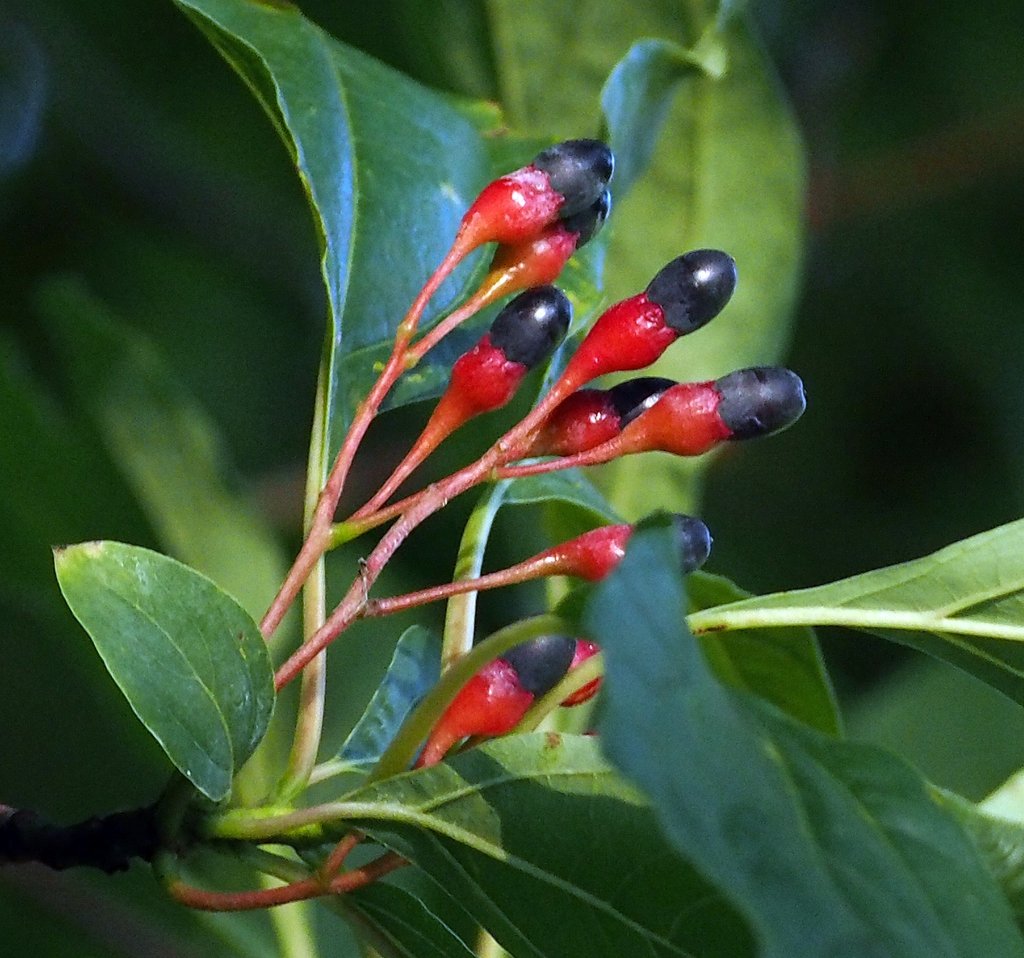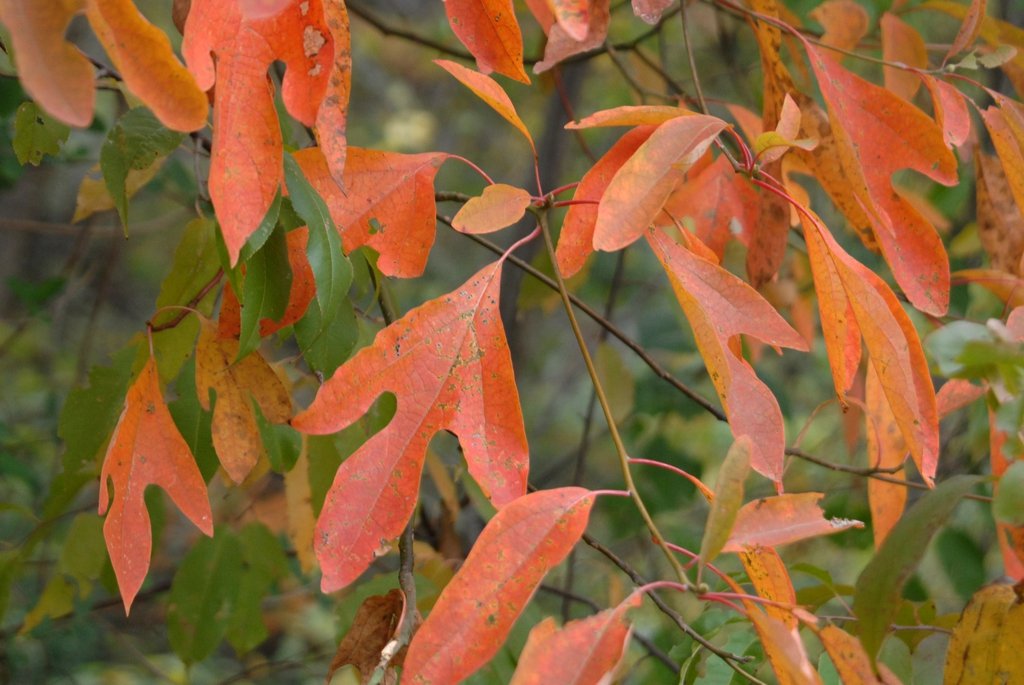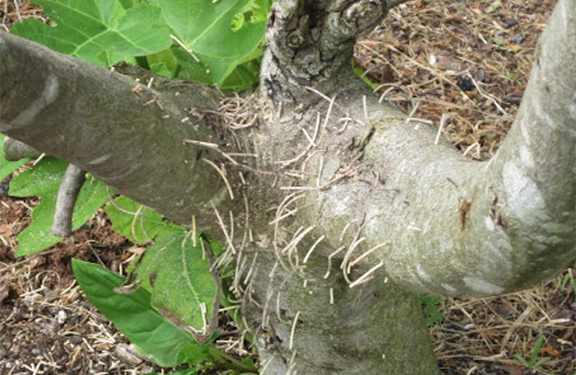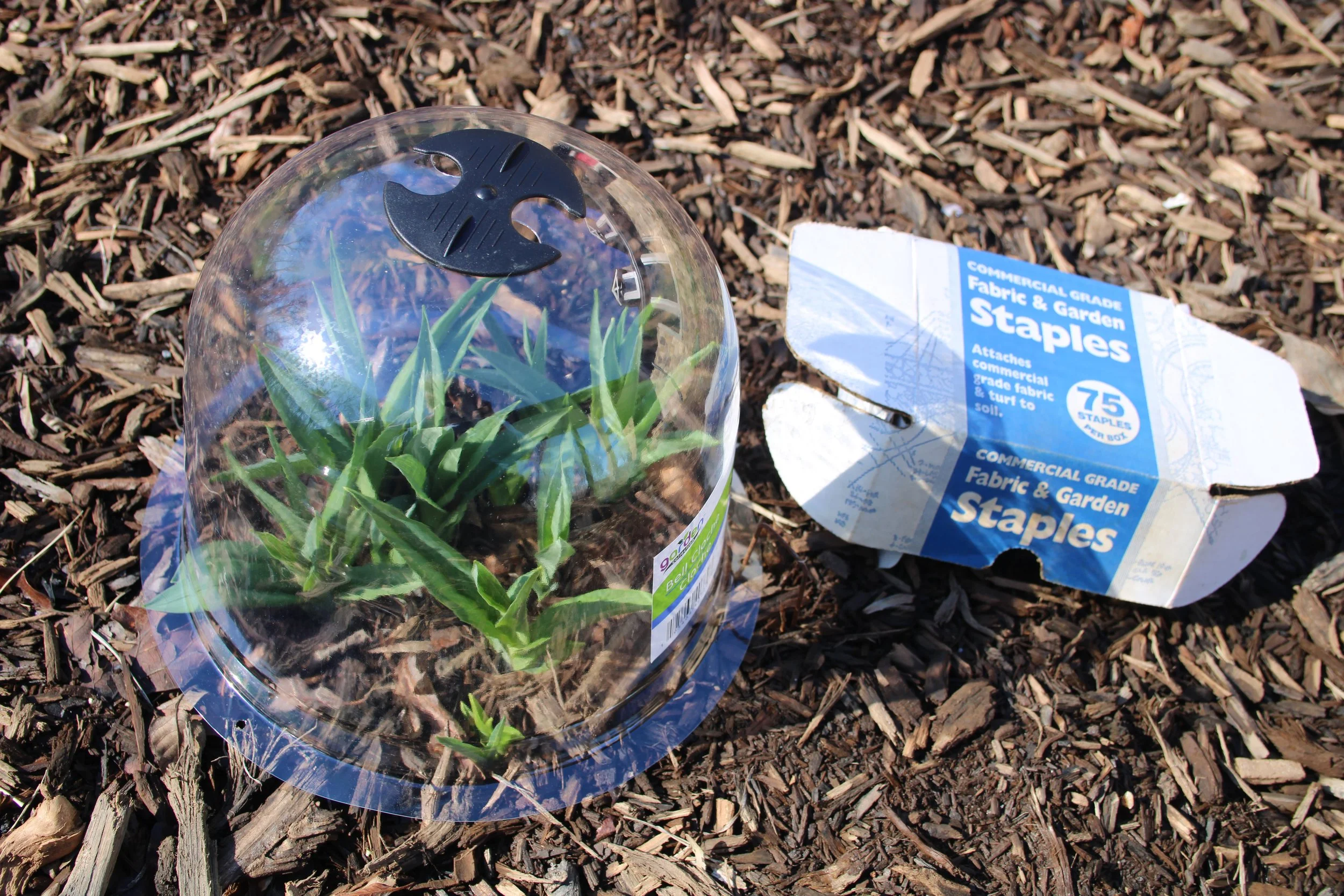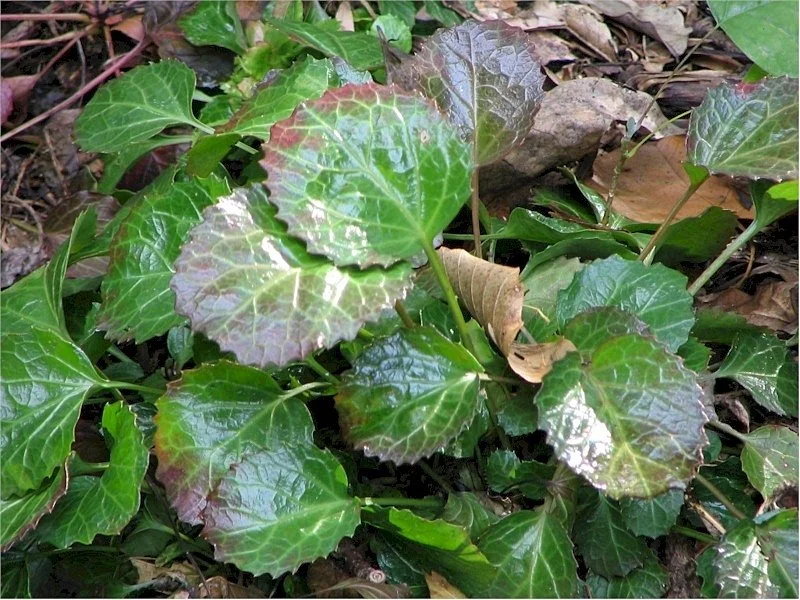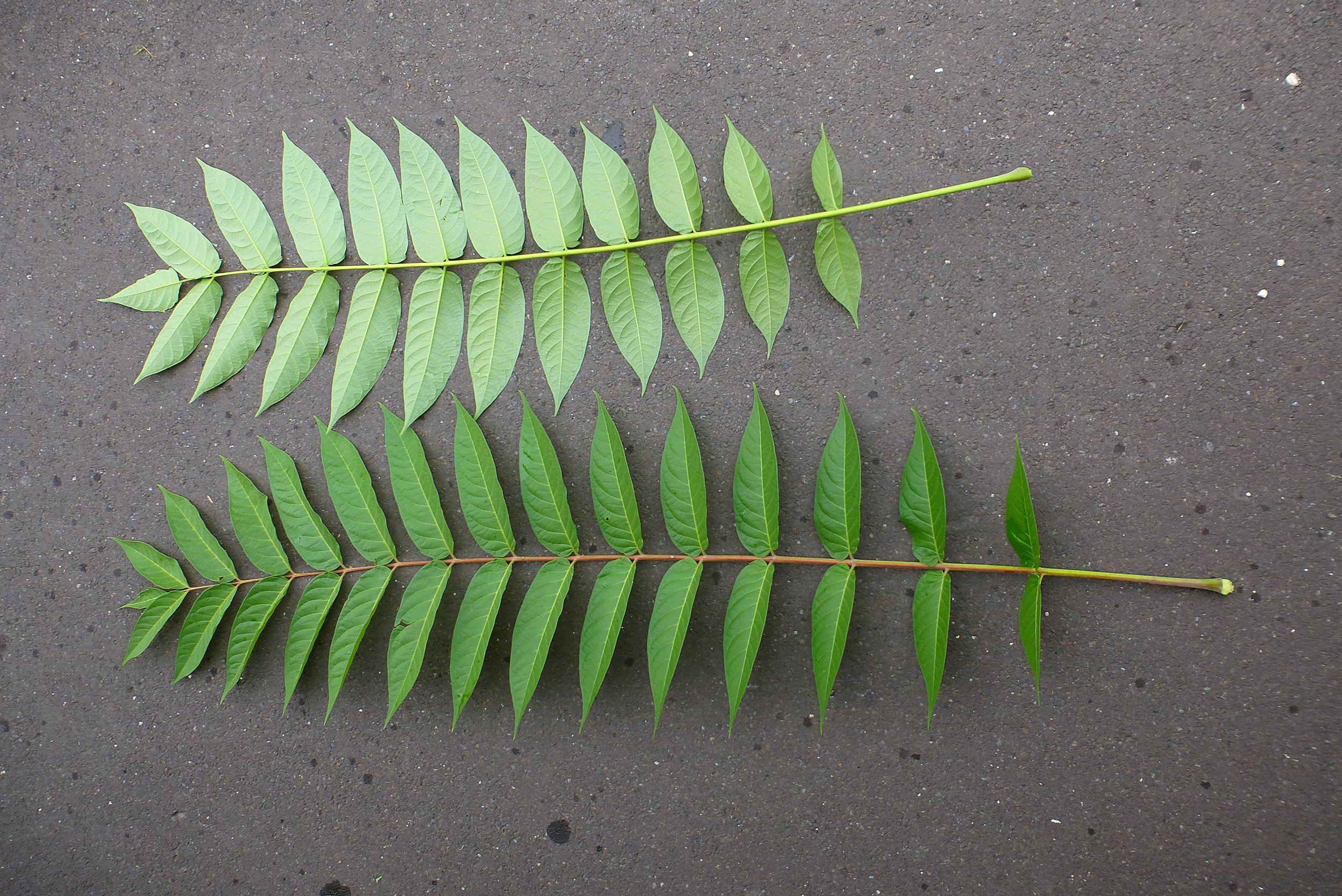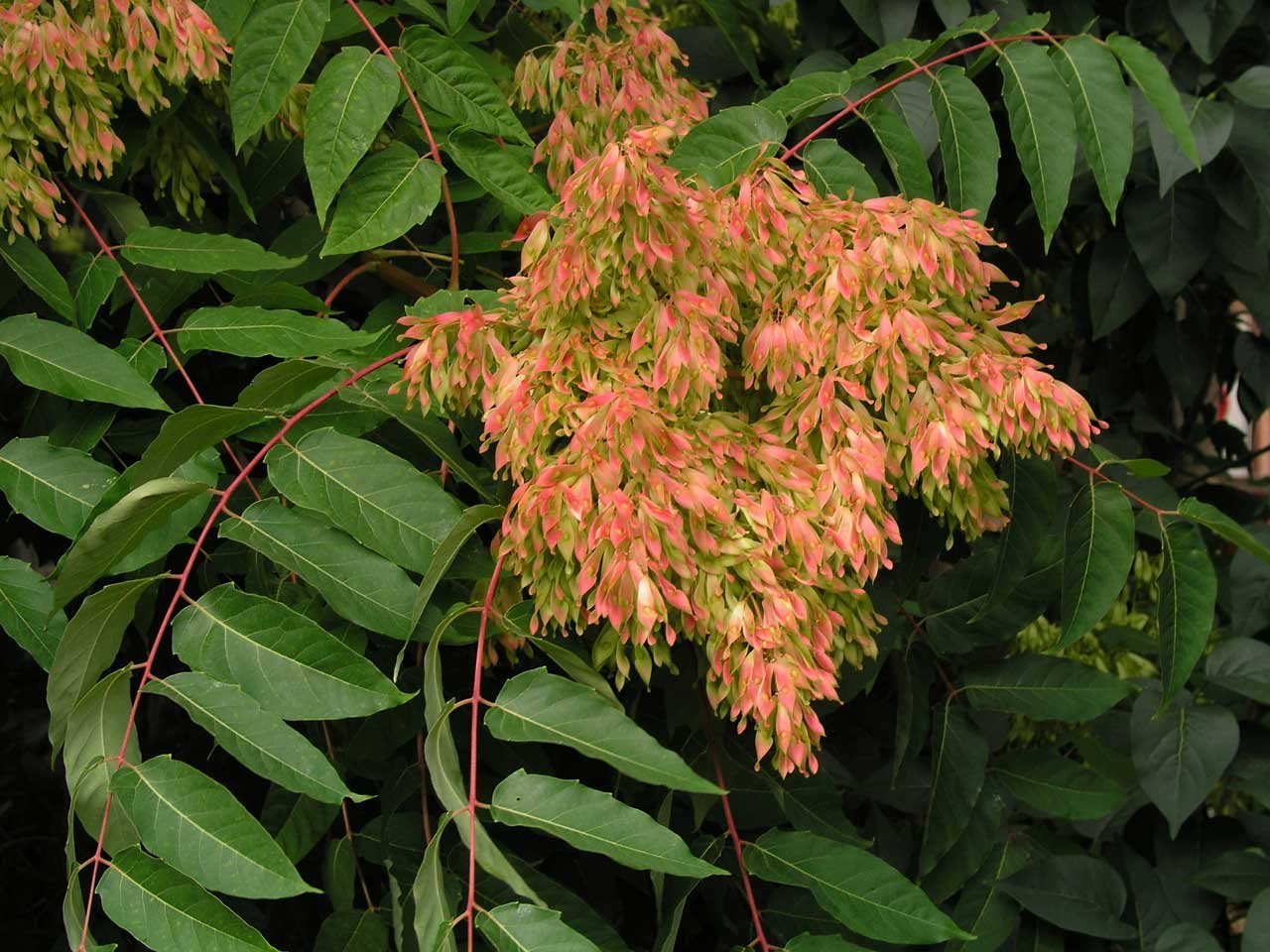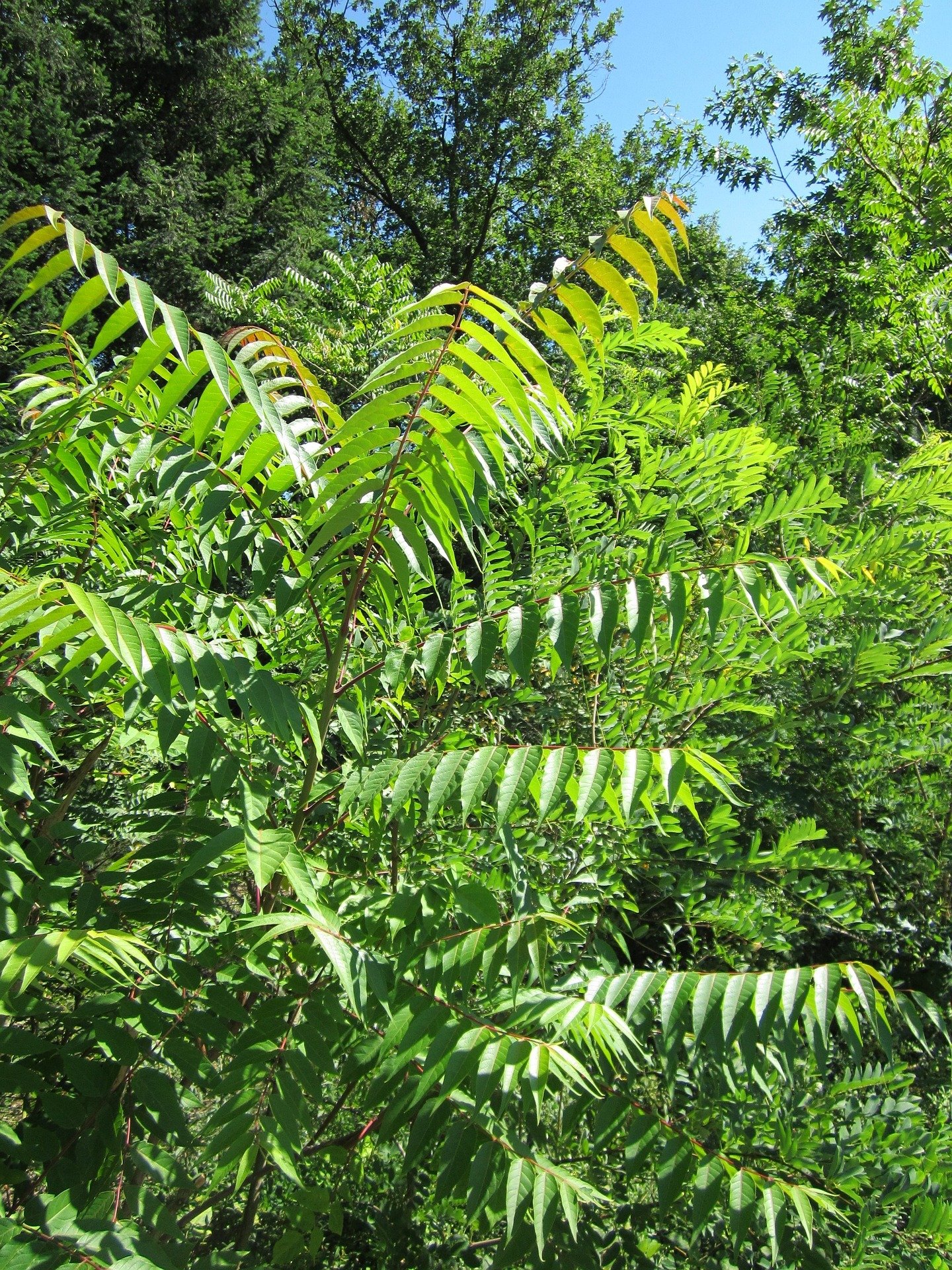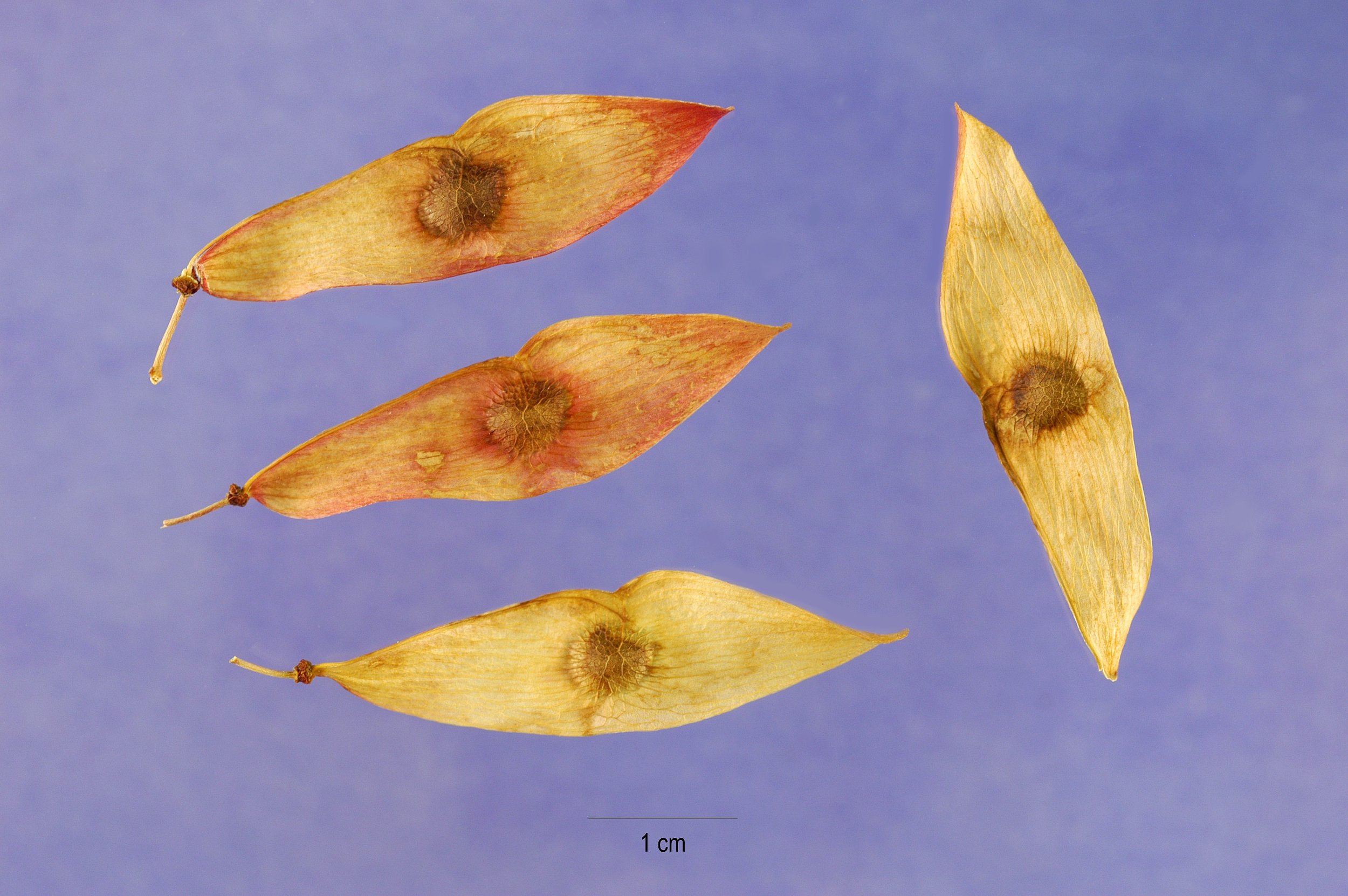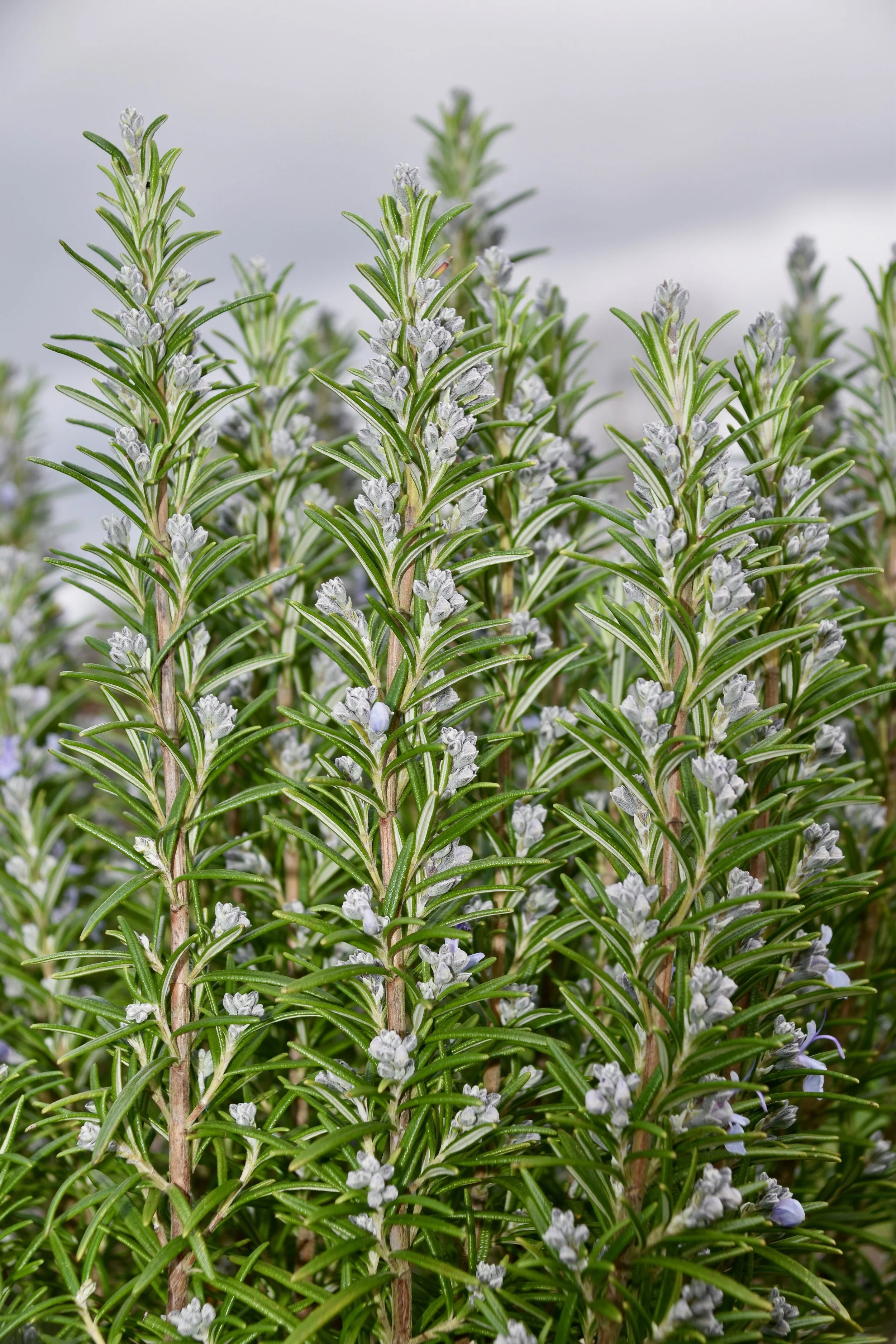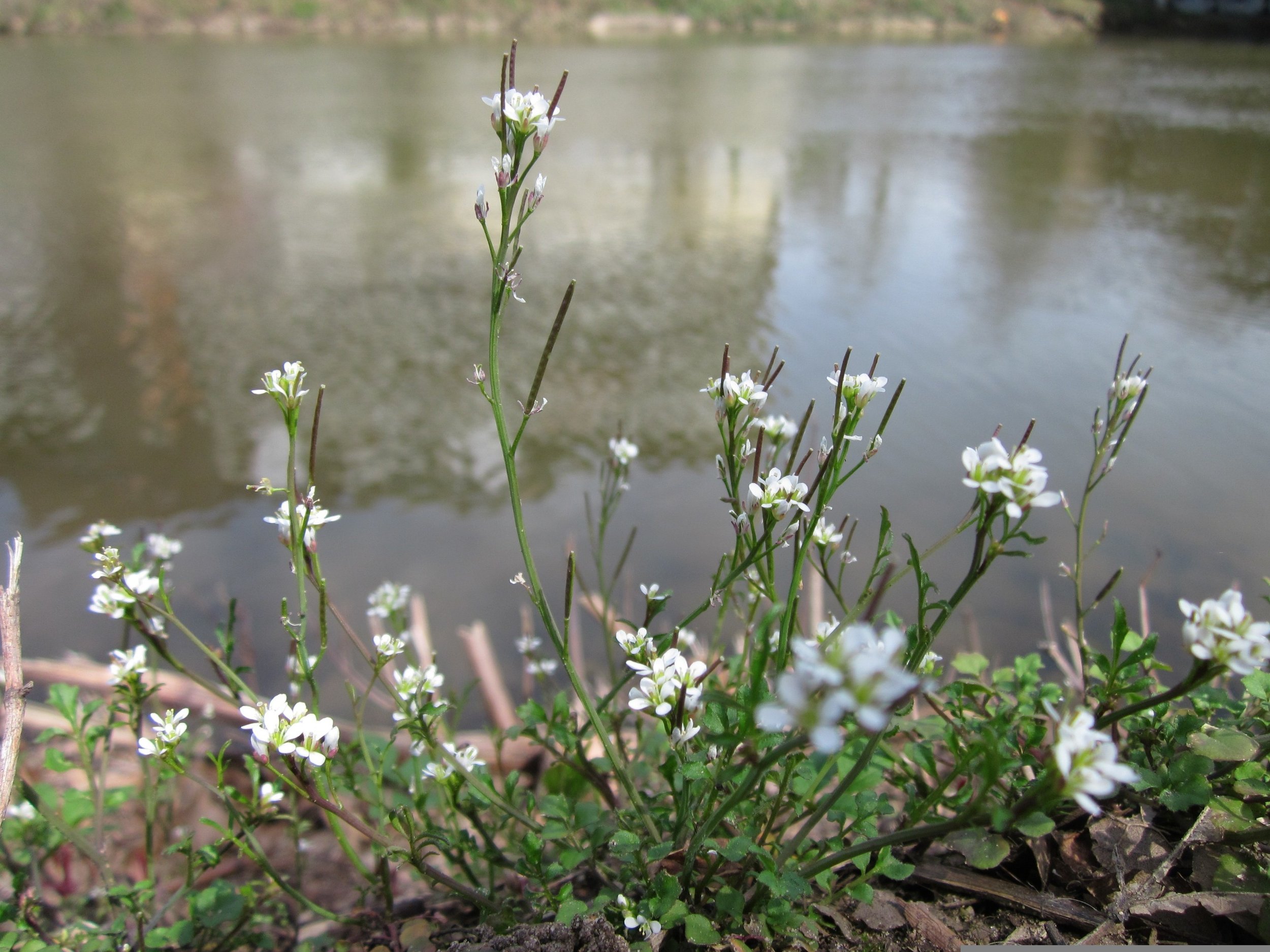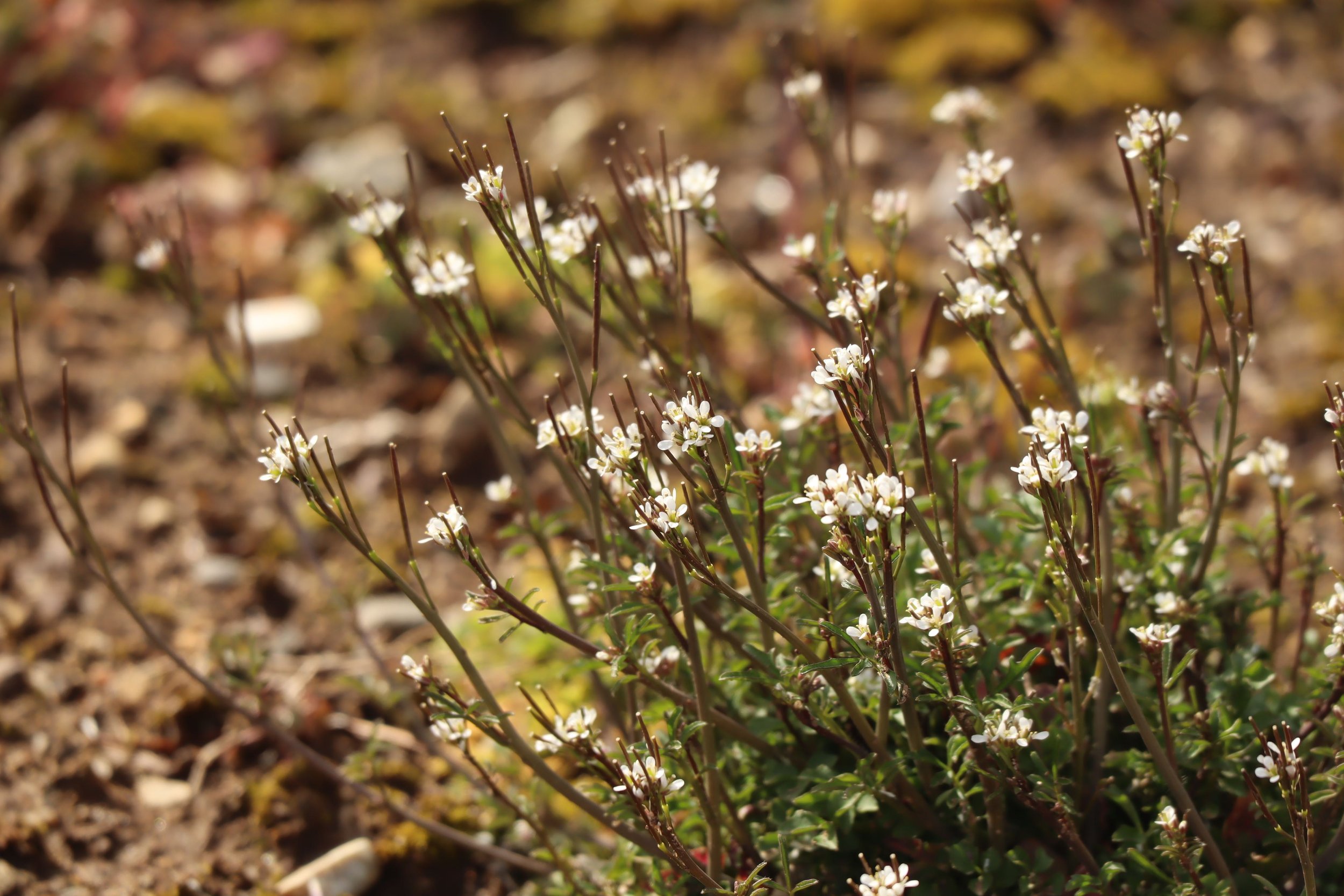Thanks to pleasantly warm temperatures and plentiful rains, my garden is thriving right now. So are the weeds, meaning that much of my outdoor time is spent in uprooting little monsters before they become big monsters.
Recently, I have received numerous inquiries from new gardeners, asking for plant recommendations. Every one of these gardeners has told me that they want to plant perennials only and no annuals. I get it. Annuals need to be replaced yearly, a recurring expense and effort. Yet, gardens benefit from the additional of a few annuals to add a lush appearance while the perennials are becoming established. Annuals tend to bloom throughout the season, while most perennials have a short flowering window. In my opinion, the most attractive gardens have it all: trees, shrubs, perennials, annuals, bulbs, vines, groundcovers.
If you are one of those who adamantly insist on perennials to the exclusion of all else, I am listing the Perennial Plant Association’s “Plant of the Year” winners for the last 27 years. Select from this list as you design your garden and you are likely to have a good experience. Finicky perennials don’t land here. I’ve killed a couple of the other featured plants (2020 and 2018), and removed a couple I didn’t cherish (2015, 2008, 1995). I am growing 2019’s Betony for the first time, and I am loving it so far. It is covered with pollinating insects from dawn to dusk.
2024 Phlox paniculata 'Jeana' (phlox)
2023 Rudbeckia ‘American Gold Rush’ (black-eyed Susan)
2022 Schizachyrium scoparium (little blue stem)
2021 Clinopodium nepeta subsp. nepeta Calamint
2020 Aralia cordata 'Sun King' Japanese spikenard
2019 Stachys monieri 'Hummelo' Betony
2018 Allium ‘Millenium’ (ornamental onion)
2017 Asclepias tuberosa (butterfly milkweed)
2016 Anemone x hybrida ‘Honorine Jobert’ (windflower)
2015 Geranium ‘Biokova’ (dwarf cranesbill, hardy geranium)
2014 Panicum virgatum ‘Northwind’ (tall switch grass)
2013 Polygonatum odoratum var. variegatum (Solomon’s seal)
2012 Brunnera macrophylla ‘Jack Frost’ (Siberian bugloss)
2011 Amsonia hubrichtii (blue star)
2010 Baptisia australis (blue false indigo)
2009 Hakonechloa macra, ‘Aureola’ (Japanese forest grass)
2008 Geranium ‘Rozanne’ (cranesbill, hardy geranium)
2007 Nepeta racemosa ‘Walker’s Low’ (catmint)
2006 Dianthus ‘Firewitch’ (cheddar pink)
2005 Helleborus x hybridus (Lenten rose)
2004 Athyrium niponicum var. pictum (Japanese painted fern)
2003 Leucanthemum x superbum ‘Becky’ (shasta daisy)
2002 Phlox paniculata ‘David’ (tall phlox)
2001 Calamagrostis x acutiflora ‘Karl Foerster’ (feather reed grass)
2000 Scabiosa ‘Butterfly Blue’ (pincushion flower)
1999 Rudbeckia fulgida var. sullivantii ‘Goldsturm’ (black-eyed Susan)
1998 Echinacea purpurea ‘Magnus’ (purple coneflower)
1997 Salvia x sylvestris ‘Mainacht’ (aka ‘May Night’) (wood sage)
1996 Penstemon digitalis ‘Husker’s Red’ (beardtongue)
1995 Perovskia atriplicifolia (Russian sage)
1994 Astilbe ‘Sprite’ (dwarf astilbe)
1993 Veronica ‘Sunny Border Blue’ (speedwell)
1992 Coreopsis verticillata ‘Moonbeam’ (threadleaf coreopsis)
1991 Heuchera micrantha var. diversifolia ‘Palace Purple’ (coral bells)
1990 Phlox stolonifera (creeping phlox)
Bumblebees LOVE the purple, bottlebrush flowers. Early in the morning, I find several fat bumblebees who have fallen asleep which visiting the flowers.
This trio of Stachys monieri ‘Hummelo’ sits next to a deck. The purple flowers have strong stems and the bright green foliage brightens the area.








